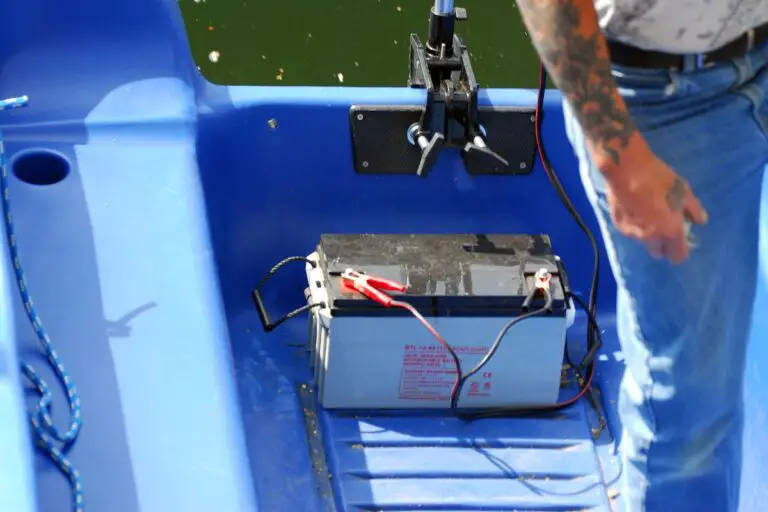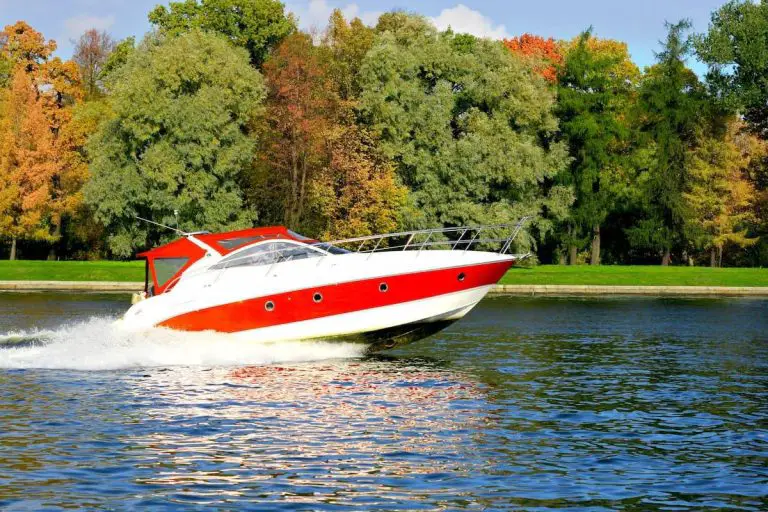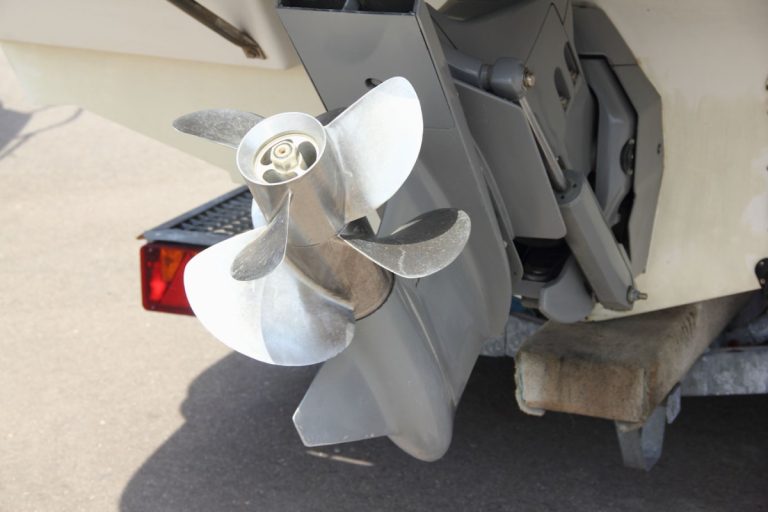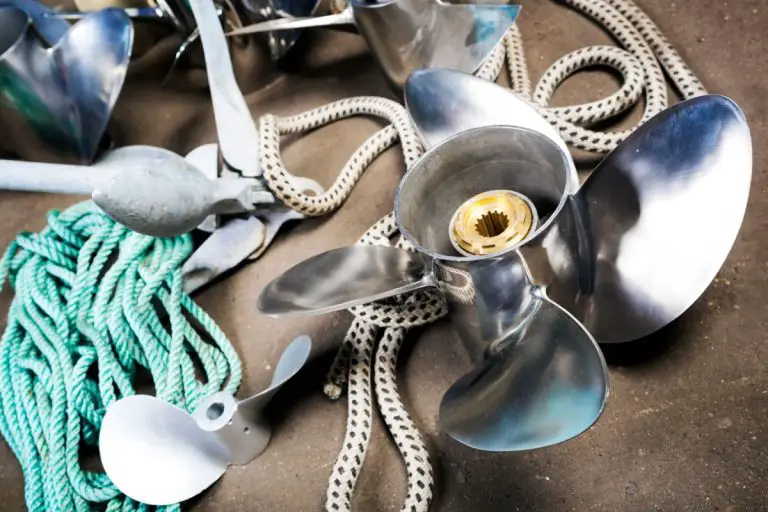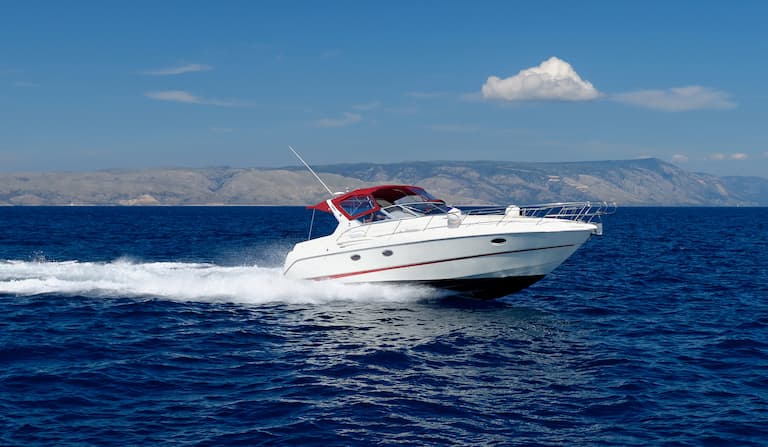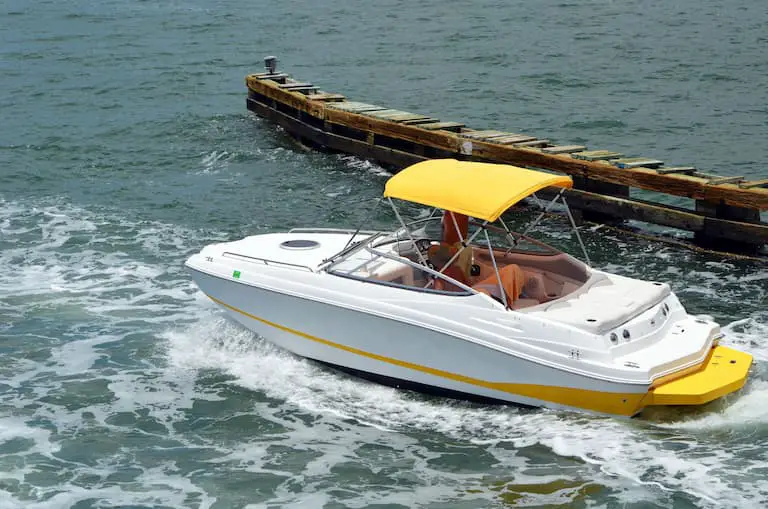Boat Fuel: Everything You Need To Know (Explained)
Powerboats require fuel to run. But what fuel do they run on, and which is the best fuel for my boat? There are a lot of things to know about boat fuel. In this article, you will find out everything you need to know about boat fuel including:
- Types of marine fuel
- How long does boat fuel last
- The best fuel for boats
- How to fill up a fuel tank for boats
- Is it safe to keep fuel onboard the boat
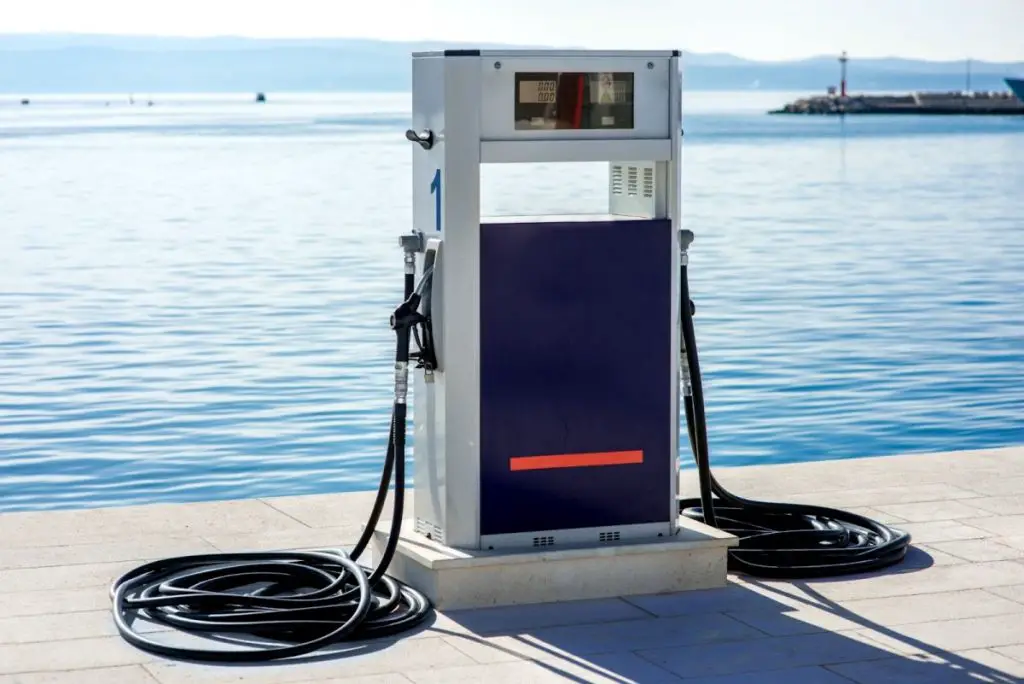
Different Types Of Boat Fuel
Boat fuel comes in many varieties and you must know which type of fuel to put into your vessel. If the wrong fuel goes into your boat, it can cause serious issues that may be irreversible. Therefore, let’s look at the types of fuel for boats and which one is best for your boat.
E10 Boat Fuel (10% Ethanol)
E10 (aka 10% Ethanol fuel) was one of the first boat fuels introduced. When first introduced, it was a fuel that caused issues with boat engines as it was not very compatible with the motors due to being mixed with MTBE.
E10 ate away at the rubber hose interiors (causing pieces to end up in the fuel tank), dissolved aluminum parts, and ruined engine seals. (source)
However, that was quite long ago, and things have changed. E10 is now considered safe for the majority of boats. Moreover, E10 reduces hydrocarbon emissions and won’t burn a hole in your wallet as it is not overly costly.
All this being said, even though E10 is deemed safe, there is a chance that it can cause issues down the road.
Before putting E10 into your boat’s tank, you must ensure that it is the right fuel for your vessel. Ask your mechanic or look online for your boat’s manual. Do not just assume that E10 is suitable for your vessel.
E15 Fuel (15% Ethanol)
If you want to destroy your boat’s engine, then E15 is the way to go. E15 has not been approved for boats and is not permitted. If you put E15 into your boat, the following issues can occur:
- Clogged fuel filters
- Decaying components
- Fuel leaks
- Ruined fuel tanks
As you can see, E15 is not the best choice for your watercraft. When at the Marine gas station, make sure you read the fuel types and know what kind you are putting into your boat.
Diesel
Diesel fuel for boats is not as popular as gasoline-powered boats. However, a few models out there do require diesel fuel. If you find yourself with a diesel boat, here is what you need to know.
- Diesel is more expensive than gasoline
- Diesel works better than gasoline making it very efficient
- Diesel engine boats typically have better horsepower and torque
- Diesel engine boats will last longer than gasoline engine boats
Ethanol-Free
The last type of boat fuel we will discuss is ethanol-free. Ethanol-free gasoline is 0% ethanol and 100 % gasoline (source).
The less ethanol, the better it is for your boat engine. Out of the fuels for boats, ethanol-free gasoline is not as corrosive; however, it does cost more than the other types, however, it is well worth the extra cost, and your boat with thank you for it!
As you can see, there are a few fuel options for your boat that you will regularly see. Before filling up your tank for a boating adventure, make sure you know what you are putting into your boat and that it is the right fuel for your engine.
How Long Does Boat Fuel Last?
Believe it or not, boat fuel does have a shelf life. This shelf life can range from 90 to 120 days (3 – 4 months). It is because gasoline will oxidize over time which renders it useless. So if your boat has been sitting in storage over the winter, then come spring, you must change out any gas still in the tank.
Diesel is a bit different. If it sits too long in the tank, it can grow bacteria, causing issues with your filters and fuel system. To avoid this, you should drain any leftover fuel that’s been sitting for a while. Better to be safe than sorry.
No one wants to run into issues when out on the water. That said, always let someone know where you are going, and make sure to have a cell phone handy in case of an emergency.
How To Put Fuel In Boat
If you are new to the game, you probably don’t know how to fill your boat tank yet. Let’s start with some safety tips first, as we are dealing with a flammable liquid.
Boat Fueling Safety Tips
- Anyone not involved in the fueling of the boat should stay clear
- Secure your boat to the dock
- No smoking- Put those cigarettes away!
- Phones and other electronics should be turned off
- Any spills must be cleaned up immediately, including the dock and any parts of the watercraft
- Do not allow yourself to be distracted
- Keep hand(s) on the nozzle at all times
Okay, now that we have the safety covered, let’s fuel the boat.
Fueling Boat At The Pump
- Know what kind of fuel you are going to use.
- Make sure your boat is level as you are less likely to spill, and the fuel will flow in with ease.
- Position yourself so that you can comfortably hold the nozzle and see the deck fill, as this will help in preventing spills.
- Fill your tank until the nozzle turns off. Do not top it off.
- Always ask for assistance if you need it.
How To Fuel Portable Containers
- Fuel containers should be refilled on the dock and not in the boat itself.
- Place an absorbent pad under your gas container.
- Always make sure that the nozzle is in direct contact with the opening of the gas tank.
- Make sure you are able to carry your container once filled with fuel.
- Never store portable fuel containers in direct sunlight.
- Slow down! You don’t want any spills, and portable gas containers are notorious for spills.
Is It Safe To Keep Fuel Onboard Boat?
You may be wondering if it is safe to keep fuel on board your boat. The answer is yes, you can keep fuel on board your watercraft. However, you cannot just put the fuel in any old container you have lying around.
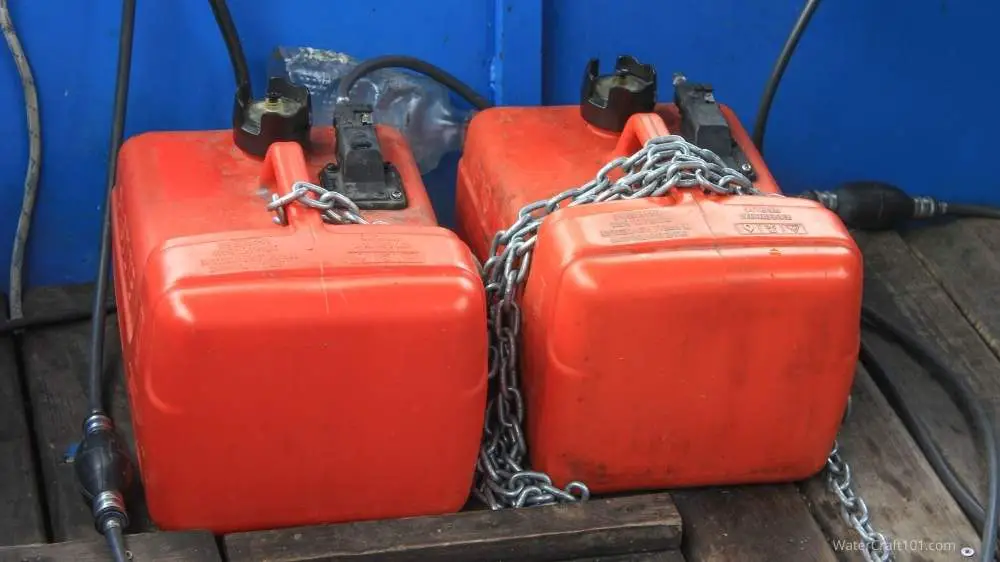
- You must put the fuel in an approved fuel container. A good tip is to always put gasoline in red containers and diesel in yellow (like with automobiles.).
- You must keep the gasoline/diesel in a well-ventilated area.
- Make sure there are no leaks or cracks in your container
- Keep the fuel in a secure area so that it doesn’t fly around if the waters get rough.
Boat Fuel – Summary
There is more to know than just filling up your tank when it comes to boat fuel. You need to be familiar with the different types of boat fuel available, know the type of fuel your boat engine requires, and be aware of how long fuel can last in your tank, among other things.
We hope you found this article helpful in your boat-fueling adventures. And remember, if you are not sure, always ask a professional, as they will have you and your boat’s best interest at heart.
Additional Sources:
- Ian Fortey “All About Fuel and Your Boat“, Accessed May 25th, 2022
- Morten Storgaard “Choosing the Right Marine Fuel for your Boat“, Accessed May 25th, 2022
- Olga V. Naidenko, Ph.D., Senior Scientist “Ethanol-Gasoline Fuel Blends May Cause Human Health Risks and Engine Issues“, Accessed May 24th, 2022


